Putting A Cat Down With Stomatitis – My Real Life Experience!
While I was in my last year of veterinary school, I did a rotation at an animal hospital that specialized in dentistry. I saw a lot of different cases, including many cats with stomatitis.
Stomatitis is a painful inflammation of the mouth and gums that can make eating and drinking very difficult. In severe cases, it can lead to weight loss and malnutrition.
One of the most difficult cases I saw was a cat with stomatitis that was so severe, the only humane option was to put her down. It was one of the hardest decisions I’ve ever had to make, but I knew it was the best thing for her.
If you have a cat with stomatitis, I understand how difficult it can be to watch them suffer. I hope this article will help you make the best decision for your cat, whether that’s treatment or humane euthanasia.
Putting A Cat Down With Stomatitis: A Hard Choice To Make

Stomatitis is a painful inflammation of a cat’s mouth and gums that can make eating, drinking, and grooming torture. The condition is notorious for being difficult to treat and unfortunate cats may require long-term or even lifelong care.
In some cases, the best option for the welfare of the cat is humane euthanasia. Stomatitis typically starts with gingivostomatitis, an inflammation of the gums and oral mucous membranes. Cats with stomatitis often act painful, may drool, stop eating, and lose weight. Bad breath is also common.
Stomatitis can affect any age, breed, or gender of cat but seems to be most common among Siamese and related breeds. Treatment involves figuring out what’s causing the stomatitis and then addressing that underlying issue while also providing pain relief and supporting the health of the rest of the mouth.
In many cases, this will require a combination of oral antibiotics, antifungals, pain medications (typically non-steroidal anti-inflammatories like meloxicam), local therapy (e.g., rinses), and cleaning under general anesthesia every two to four weeks.
Despite good management, some cats never fully recover or they may seem to improve only to have their stomatitis flare up again later. At this point, pet parents often face the decision to continue treatment or pursue euthanasia.
It’s a heart-wrenching decision but one that needs to be made based on what you believe is in your cat’s best interests. Work with your veterinarian to get all the information you need to make an informed decision about your feline friend’s future.
Feline Stomatitis: Everything You Need To Know
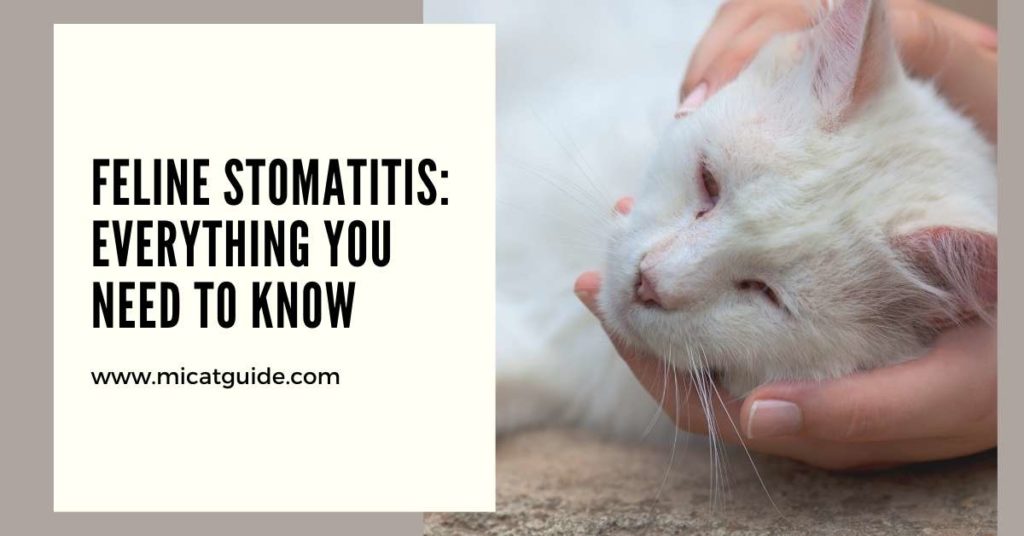
Feline stomatitis is one of the most painful conditions I see in cats. It’s an inflammatory disease of a cat’s mouth that can involve the gums, tongue, lips, and back of the throat.
In its most severe form, every surface inside a cat’s mouth is ulcerated and inflamed. The condition is intensely painful, and pets with feline stomatitis often refuse to eat, resulting in weight loss and poor nutrition.
There are many different causes of feline stomatitis, and veterinarians don’t always know which one is responsible for any given case.Immune-mediated disease, viruses, bacteria, allergies, and dental disease have all been implicated in the development of feline stomatitis.
In fact, one of the most frustrating things about this condition is that it often doesn’t respond to treatment or recurs after initially appearing to be cured.
The good news is that there are several new treatment options available that are giving hope to cats with feline stomatitis and their families. If your cat has this condition or you think he or she may be at risk, talk to your veterinarian about the best way to manage it.
Symptoms of Stomatitis
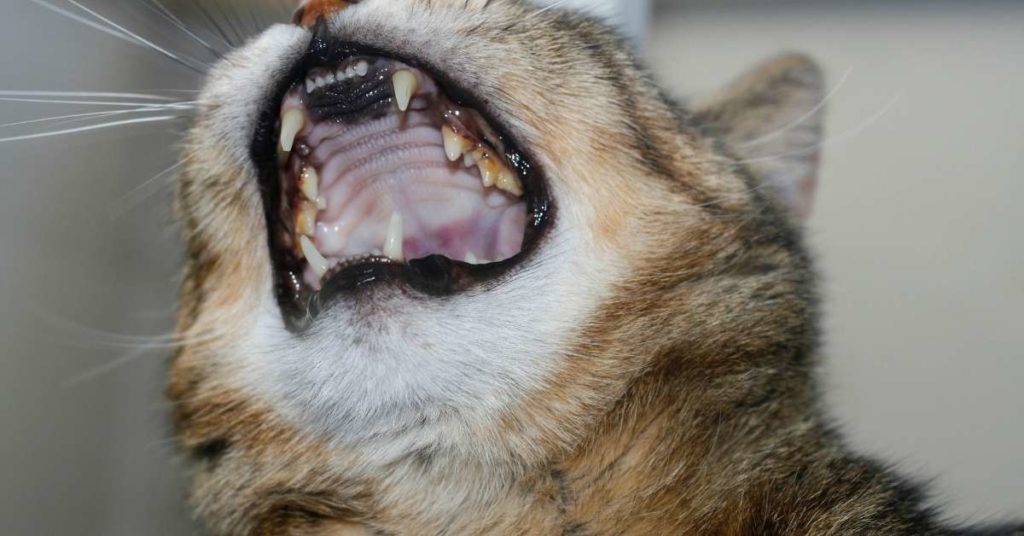
The symptoms of stomatitis depend on how severe the inflammation is. In its mildest form, stomatitis causes bad breath and a loss of appetite. The gums may be red and there may be some swelling, but the teeth are not affected.
In more severe cases, the gums are ulcerated and the tongue may be swollen. The mouth is painful and the cat may drool excessively. Eating can be difficult and weight loss is common. Severe stomatitis can also cause fever, depression, and an increased heart rate.
If you suspect your cat has stomatitis, it is important to have him examined by a veterinarian as soon as possible. Treatment depends on the severity of the disease but may include antibiotics, pain relief, and special dental care.
Which Cats are More Susceptible to Stomatitis?
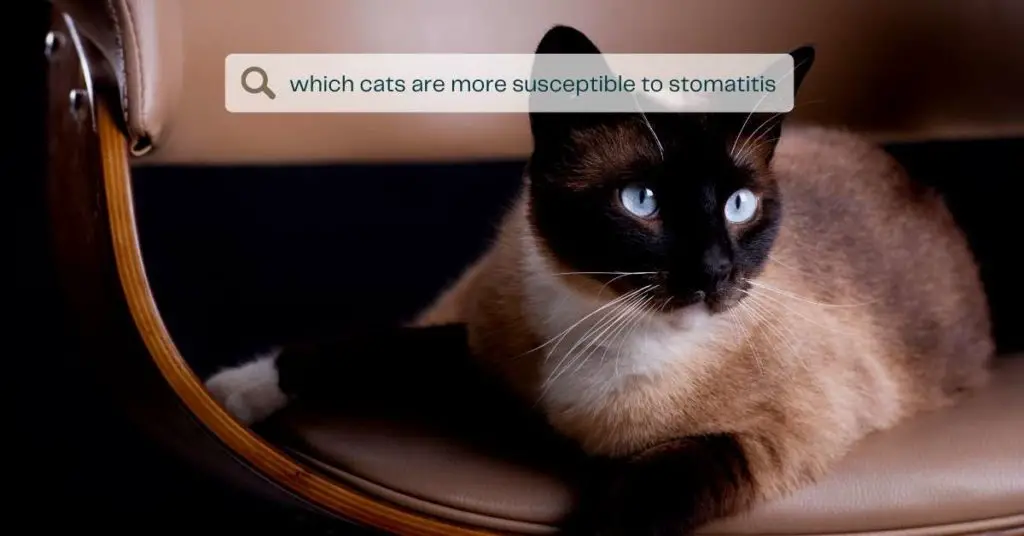
As I mentioned, the exact cause of feline stomatitis is often unknown. However, we do know that certain cats are more susceptible to the condition.
Siamese cats and other Oriental breeds seem to be predisposed to developing stomatitis. In fact, up to 40% of Siamese cats may be affected by the disease at some point in their lives.
Cats with dental disease are also more likely to develop stomatitis. This may be because tartar buildup and gingivitis create an environment that is conducive to bacterial growth, which can lead to inflammation.
Additionally, cats with certain viral infections (e.g., feline leukemia virus or feline immunodeficiency virus) are at an increased risk of developing stomatitis.
How is Feline Stomatitis Diagnosed?
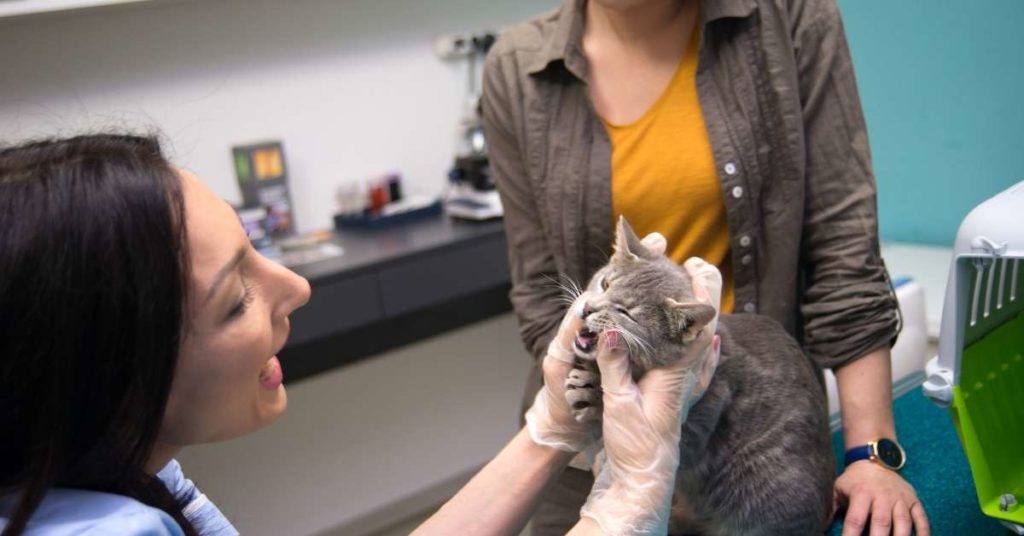
Feline stomatitis is one of the most inflammatory oral diseases we see in cats. It can cause severe pain, drooling, anorexia, and weight loss. In its advanced stages, stomatitis can lead to tooth loss and difficulties eating, drinking, and grooming.
Diagnosing feline stomatitis can be challenging because the signs are similar to those seen with other disease conditions (e.g., dental disease, viral infections) and because a number of different underlying causes have been associated with the development of stomatitis in cats.
A combination of a thorough history, physical examination, and laboratory testing is often required to reach a diagnosis. Imaging (e.g., dental radiographs) may also be recommended in some cases.
If your cat is showing any signs of oral discomfort, make an appointment with your veterinarian for an evaluation as soon as possible. Timely diagnosis and treatment is important for preventing long-term complications from this debilitating disease.
What Causes Stomatitis?
The exact cause of stomatitis is unknown, but it is thought to be an immune-mediated disease. In other words, the body’s immune system mistakenly attacks healthy tissue in the mouth.
Stomatitis can be idiopathic (of unknown cause) or secondary to another condition, such as dental disease, cancer, or a viral infection.
Many different breeds of cat can be affected by stomatitis, but those with shorter muzzles (such as pugs and bulldogs) seem to be at higher risk.
How Painful is Feline Stomatitis?

Feline stomatitis is one of the most painful conditions that we commonly see in veterinary practice (According to Dr. Jennifer Coates, DVM).
The oral inflammation that characterizes this condition can involve any or all of the structures in a cat’s mouth, including the lips, tongue, gums, and cheeks.
In its most severe form, stomatitis can make it so painful for a cat to eat that he or she becomes emaciated and may eventually die from starvation.
Even with treatment, which typically involves long-term antibiotic therapy and often multiple surgeries to remove infected tissue, feline stomatitis can be difficult to control.
As a result, owners need to be prepared for a long and potentially expensive battle if their cat is diagnosed with this condition.
How Long Can A Cat Live With Stomatitis?
Feline stomatitis is a chronic and often progressive disease. In its most severe form, it can be fatal.
The good news is that, with treatment, many cats with stomatitis can live long and happy lives.
However, the condition can be difficult to control, and some cats may require lifelong medical care.
If your cat is diagnosed with stomatitis, work closely with your veterinarian to develop a treatment plan that will provide the best possible quality of life for your feline friend.
Is Stomatitis in Cats Fatal?
I said it before and I’ll say it again — feline stomatitis can be fatal.
In its most severe form, the condition can cause such severe pain that a cat stops eating and eventually dies from starvation.
Even with treatment, which typically involves long-term antibiotic therapy and often multiple surgeries to remove infected tissue, feline stomatitis can be difficult to control.
As a result, owners need to be prepared for a long and potentially expensive battle if their cat is diagnosed with this condition.
What is The Treatment For Stomatitis?
According to Dr. Jennifer Coates, DVM, the treatment of feline stomatitis typically involves short term and long term components.
The Short-term Treatment (Dental Cleaning)
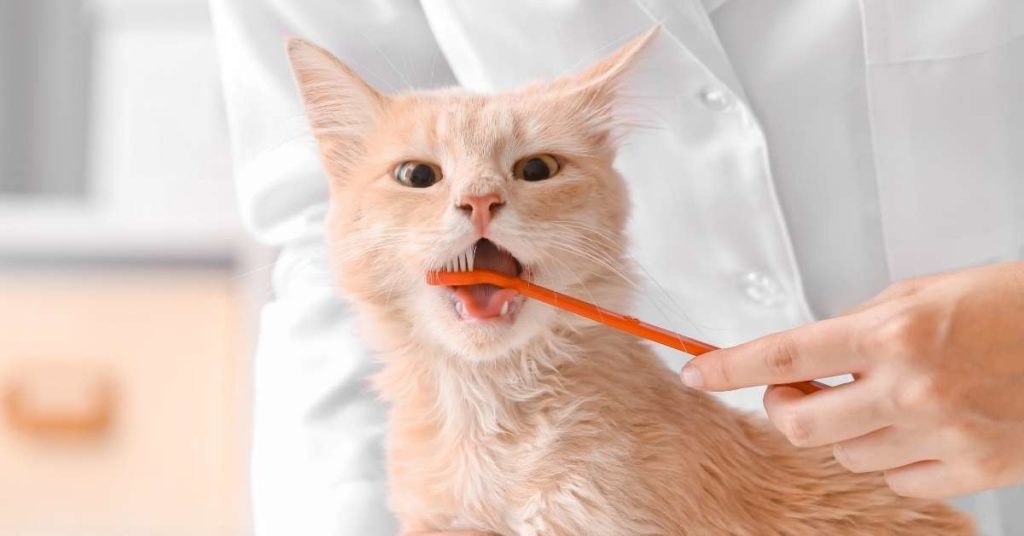
Yes, you read that correctly. The short-term treatment for stomatitis is a dental cleaning. I know, it doesn’t seem like it would make sense, but hear me out.
The goal of the dental cleaning is to remove as much plaque and tartar from the teeth as possible. Plaque is a sticky film of food, bacteria, and saliva that constantly forms on the teeth.
Tartar is plaque that has hardened onto the teeth. Both plaque and tartar can contribute to oral inflammation, so removing them can help to control the disease.
Additionally, dental cleanings give your veterinarian a chance to closely examine your cat’s mouth and look for any other problems that might be contributing to the stomatitis.
The Long-term Treatment (Teeth Extraction)

The long-term treatment for stomatitis typically involves some form of teeth extraction.
In some cases, all of the teeth may need to be removed. In other cases, only the teeth that are most affected by the disease will be extracted. Teeth extractions can be done surgically or with a laser. Surgical extractions are more invasive and require general anesthesia.
Laser extractions are less invasive and can often be done without anesthesia, but they are more expensive. After the teeth have been extracted, most cats will need to take antibiotics for the rest of their lives to control the stomatitis.
In some cases, additional surgeries may be necessary to remove infected tissue. The treatment of feline stomatitis is typically a lifelong commitment, but many cats can live long and happy lives with the condition if it is properly managed.
Does Teeth Extraction Always Help?
Teeth extractions can be very effective at controlling the symptoms of stomatitis, but they are not a cure. In some cases, the disease may continue to progress even after the teeth have been removed.
Additionally, teeth extractions are not always possible, particularly in cases where the disease has affected all of the teeth.
For these cats, other treatments, such as long-term antibiotic therapy, may be necessary to control the disease.
What is the Prognosis for Cats with Stomatitis?
The prognosis for cats with stomatitis is generally good if the disease is caught early and treated aggressively.
Most cats will need to take antibiotics for the rest of their lives, but many can live long and happy lives with the condition.
Cats that are not treated early or that do not respond well to treatment often have a more guarded prognosis.
These cats may require multiple surgeries and/or long-term hospitalization, and some may ultimately be euthanized due to the severity of their condition.
Is There A Cure For Stomatitis?
There is no cure for stomatitis, but the disease can be controlled with proper treatment.
A study published in the Journal of Veterinary Dentistry found that 92% of cats treated with teeth extractions and long-term antibiotics remained free of stomatitis for at least one year.
Cats that did not respond to treatment or that had a recurrence of the disease often had other underlying health problems, such as feline leukemia virus (FeLV) or feline immunodeficiency virus (FIV).
These viruses can suppressed the immune system, making it difficult for the body to fight off infection.
As a result, cats with FeLV or FIV are more likely to develop stomatitis and may be more difficult to treat.
How Can Stomatitis Be Prevented?
There is no surefire way to prevent stomatitis, but good oral hygiene can help to reduce the risk of the disease.
Brushing your cat’s teeth on a regular basis can help to remove plaque and tartar, and it may also help to control bacteria levels in the mouth.
Regular dental cleanings by a veterinarian are also important. These cleanings can help to remove tartar and plaque, and they give your veterinarian a chance to closely examine your cat’s mouth for any signs of problems.
Additionally, feeding your cat a high-quality diet and providing plenty of fresh water can help to keep the mouth healthy.
Cats with healthy immune systems are also less likely to develop stomatitis, so keeping your cat up-to-date on vaccinations is important.
If you think that your cat may have stomatitis, or if you notice any changes in your cat’s mouth, it is important to take them to the veterinarian as soon as possible. Early diagnosis and treatment is crucial for managing the disease and giving your cat the best possible chance for a good outcome.
How Much Does it Cost to Treat Stomatitis in A Cat?
The cost of treating feline stomatitis can vary widely, depending on the severity of the disease and the course of treatment.
In some cases, teeth extractions and long-term antibiotic therapy may be all that is necessary to control the disease.
These treatments can cost several hundred to a few thousand dollars, depending on the number of teeth that need to be extracted and the length of time that the cat needs to be on antibiotics.
Cats that do not respond well to treatment or that have a recurrence of the disease often require more aggressive treatment, which can be much more costly.
When Should Putting A Cat Down Be Considered?

Euthanasia should be considered for cats with stomatitis that do not respond to treatment or that have a poor quality of life due to the severity of their condition.
Here is a few signs that may indicate it is time to consider euthanasia:
- The cat is no longer eating or drinking
- The cat is losing weight and becoming frail
- The cat is in constant pain, despite treatment
- The cat’s quality of life has diminished to the point where they are no longer enjoying life
Making the decision to euthanize a pet is never easy, but it is sometimes the best thing that you can do for them.
If you are considering euthanasia for your cat, it is important to talk to your veterinarian about all of your options and to make sure that you are making the best decision for your cat’s individual situation.
What is Feline Euthanasia?
Feline euthanasia is the compassionate end of a cat’s life when their owner and veterinarian feel that they are no longer able to experience a good quality of life.
The decision to euthanize a cat is never easy, but it is often the most humane option when a cat is suffering from a chronic or terminal illness. There are many ways to euthanize a cat, but the most common method is injection with a barbiturate solution.
This solution quickly induces anesthesia and then death. The entire process is typically over within minutes. Although it is never easy to lose a beloved pet, feline euthanasia can provide cats with a peaceful and pain-free end to their lives.
When is it Time to Say Goodbye?
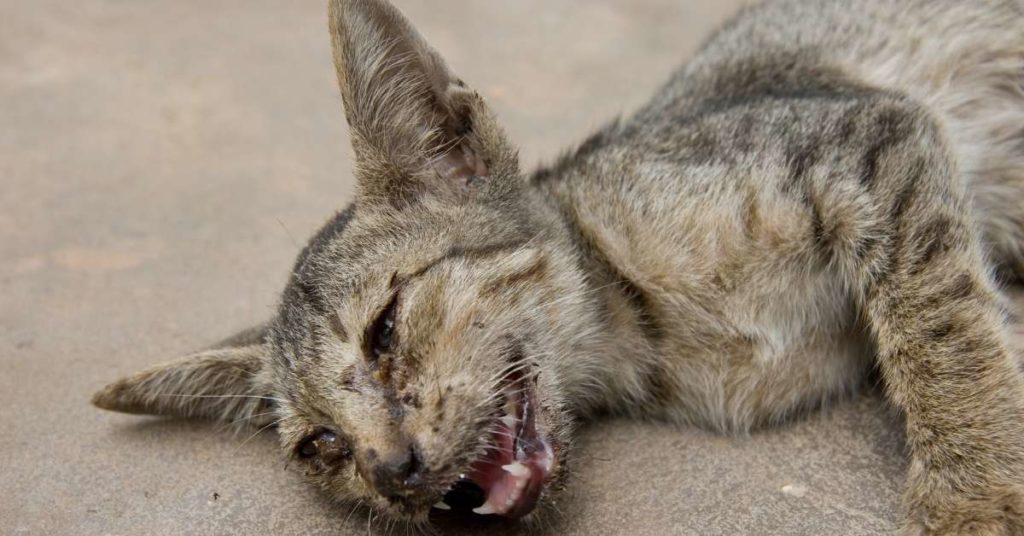
I said it earlier that there is no easy answer to this question. Every cat and every situation is unique.
As a general rule, euthanasia should be considered when a cat is no longer enjoying a good quality of life due to a chronic or terminal illness.
If your cat is no longer eating or drinking, losing weight, in pain, or is no longer enjoying life, it may be time to say goodbye.
At the end of the day, the decision to euthanize a cat is a personal one. It is important to talk to your veterinarian about all of your options and to make sure that you are making the best decision for your cat’s individual situation.
How is Euthanasia Performed?
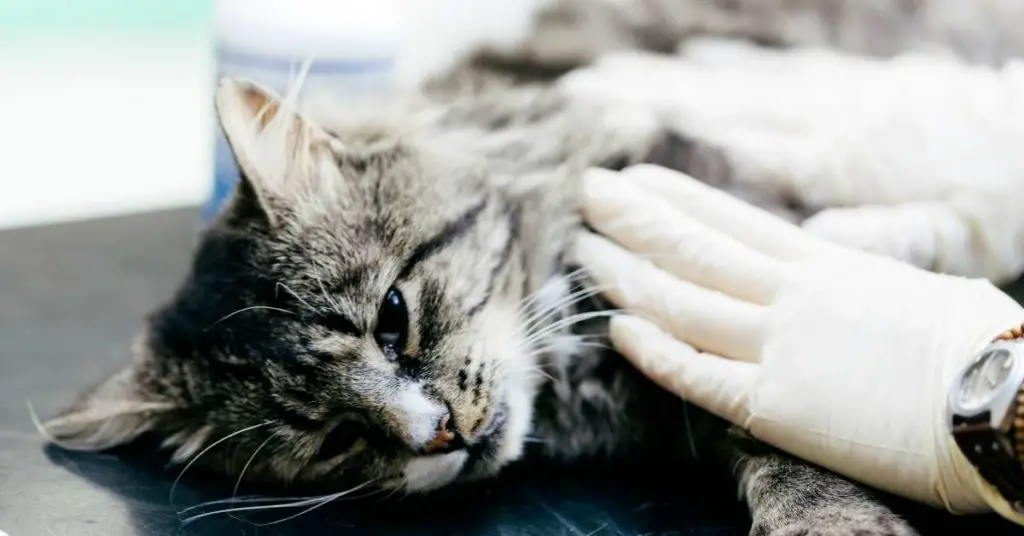
The most common method used to achieve this is via injection with alicensed veterinarian. The vet will first assess the cat and make sure that they are suffering and that their quality of life is poor.
They will then give the cat a sedative to make them calm and relaxed. Once the cat is sedated, the vet will give them an injection of barbiturate or pentobarbital, which quickly stops their heart.
The process is peaceful and painless, and it allows the cat to die with dignity. Feline euthanasia is a difficult but necessary decision for many pet owners, and it is important to consult with a veterinarian to ensure that it is the right choice for your cat.
What Happens After A Cat is Euthanized?
After a cat is euthanized, their body will remain relaxed and they will not feel any pain.
The vet will usually wait a few minutes to make sure that the cat is truly deceased before they begin the process of preparing their body for cremation or burial.
If you have chosen to have your cat cremated, the vet will usually take care of all the arrangements.
If you have chosen to bury your cat, the vet can provide you with advice on how to properly prepare their body.
My Final Thoughts
Euthanasia means “good death” and is the act of mercy killing an animal. It should only be considered when the animal is suffering and their quality of life has diminished to the point where they are no longer enjoying life.
The decision to euthanize a cat is a difficult one, but it is often the most humane option when a cat is suffering from a chronic or terminal illness. The most common method of euthanasia is injection with a barbiturate solution.
This solution quickly induces anesthesia and then death. The entire process is typically over within minutes. As a cat owner I know how hard it is to make this decision, but sometimes it is the kindest thing we can do for our furry friends.
I hope this article has helped you to better understand feline euthanasia and the process involved. If you have any questions or concerns, please consult with your veterinarian. They will be able to help you make the best decision for your cat’s individual situation. Thank you for reading.

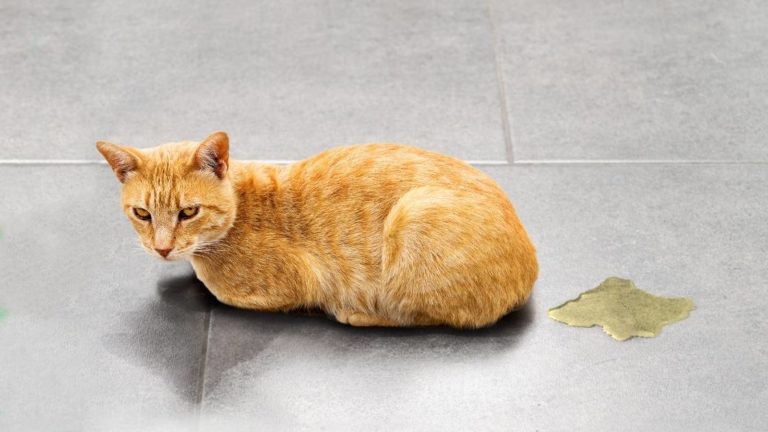
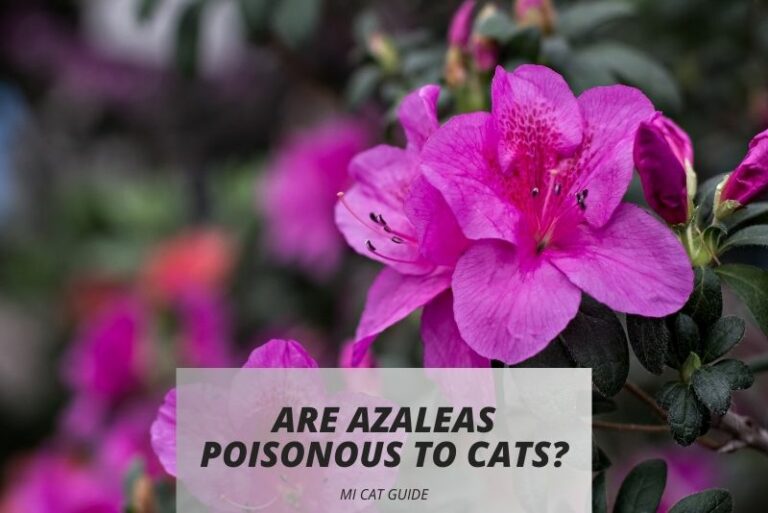
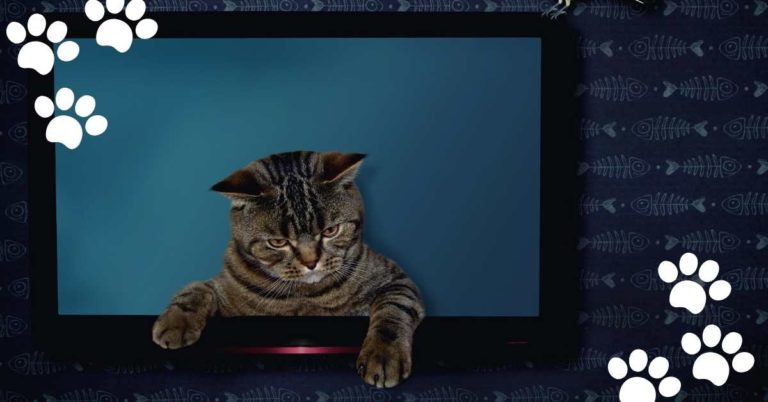
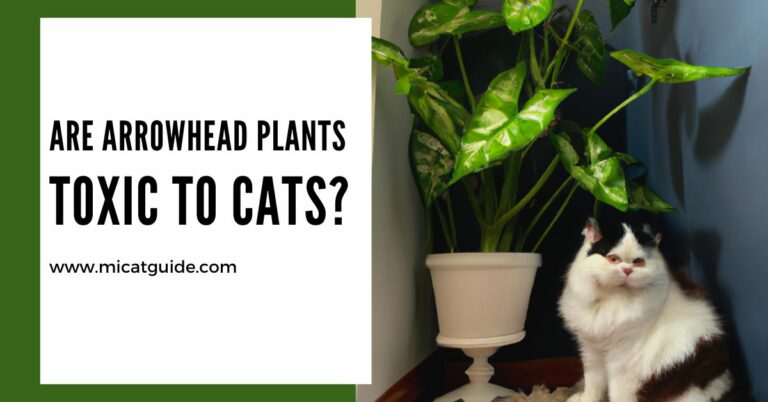
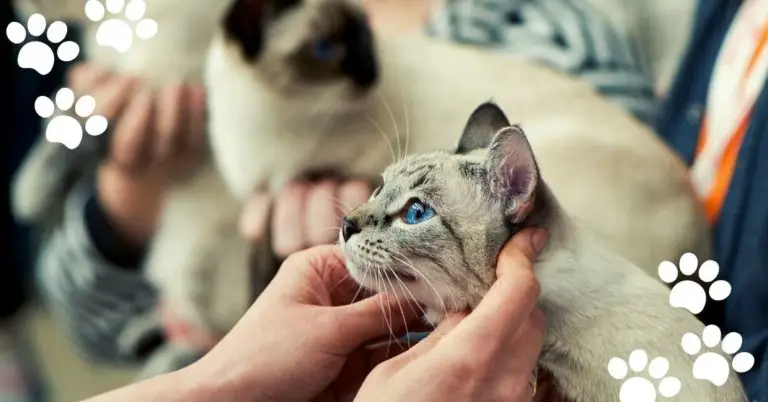
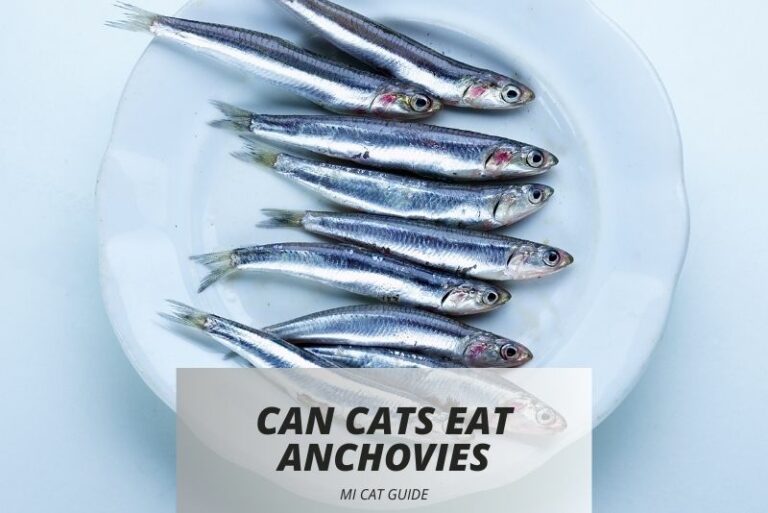
Fredrick,
Thank you for this thorough, thoughtful and compassionate article about stomatitis.
I adopted a stray in September of 2020 (more like he adopted me) and he tested positive for FeLV. The vet mentioned stomatitis and acknowledged that he may have to have some teeth removed in the future, but he seemed okay at the time. His next two annual visits seemed to go well- no mention of his teeth and he had no symptoms of anything.
Then, earlier this year, I noticed him drooling excessively and made an appointment- he had about 5 teeth removed and a cleaning about 2 months ago. Then a week ago, blood was just dripping from his mouth. According to the vet, his body was rejecting his teeth- the vet gave him an antibiotic shot and a couple weeks of prednisolone with recommendations of further tooth extractions with the costs ranging from $1800-$2800.
I came in from a work trip tonight and he seems to have labored, but not rapid breathing…he also seems like he is on the verge of coughing up a hairball or vomiting occasionally, but nothing comes out. He also isn’t always taking his steroid- he prefers it in gravy, but seems to ignore or reject it half the time.
Between the expense, complication of FeLV, recurrent mouth issues, his current labored breathing- I’m wondering if I’ll have to make that nearly impossible decision soon.
I recently read that most cats only live an average of 2.5 more years once they’re diagnosed with FeLV- he is just over that…funny, how I did t come across that info when I adopted him and learned of his condition in 2020…now it seems strangely right on cue.
Anyway, thank you again for more information than I’ve found anywhere else.